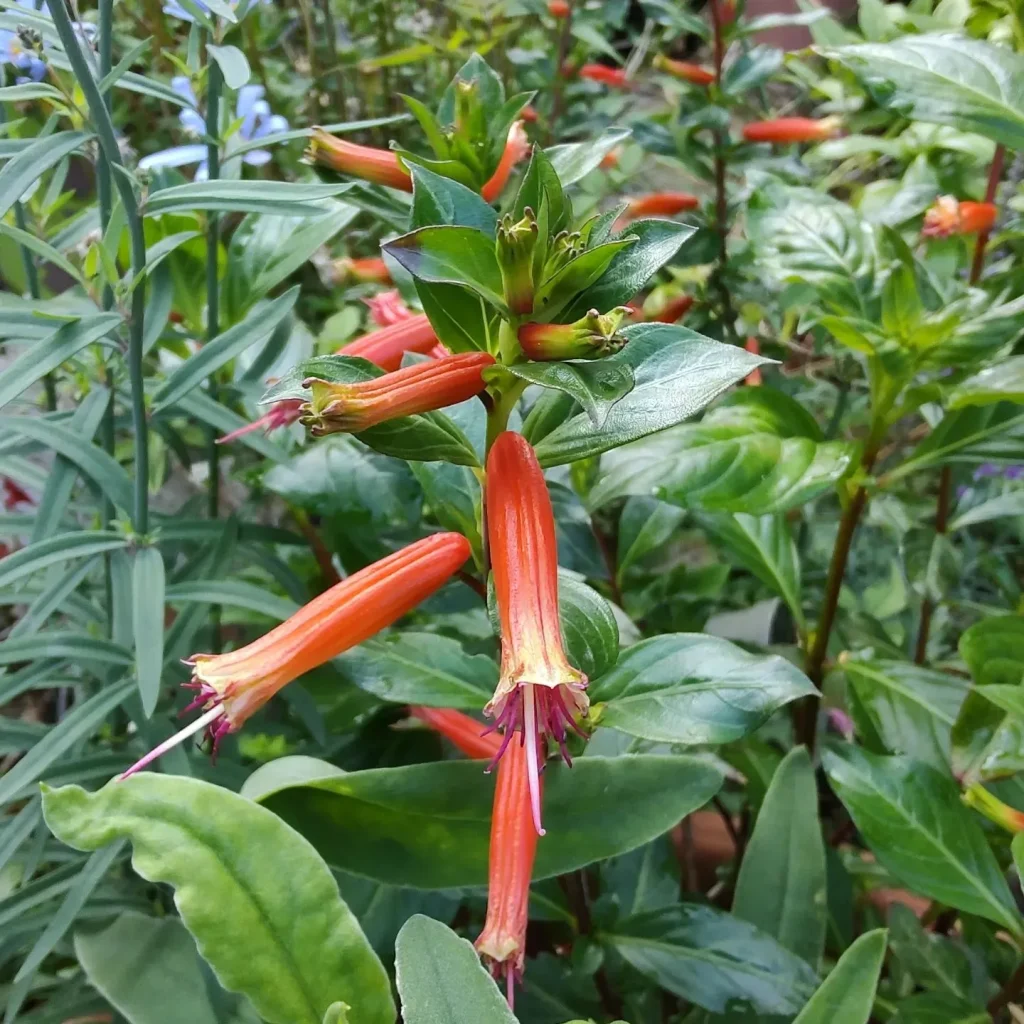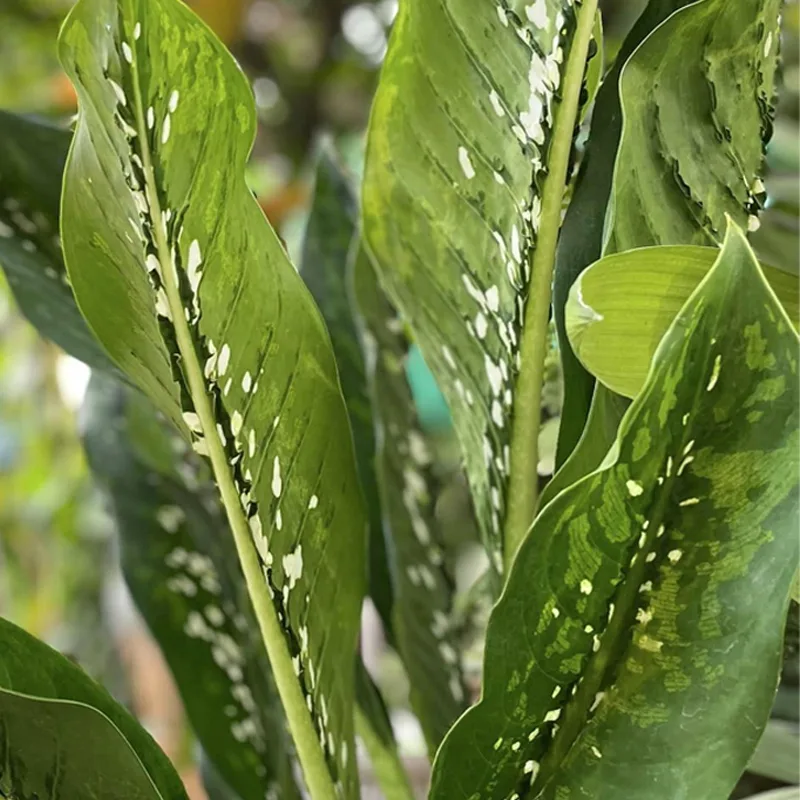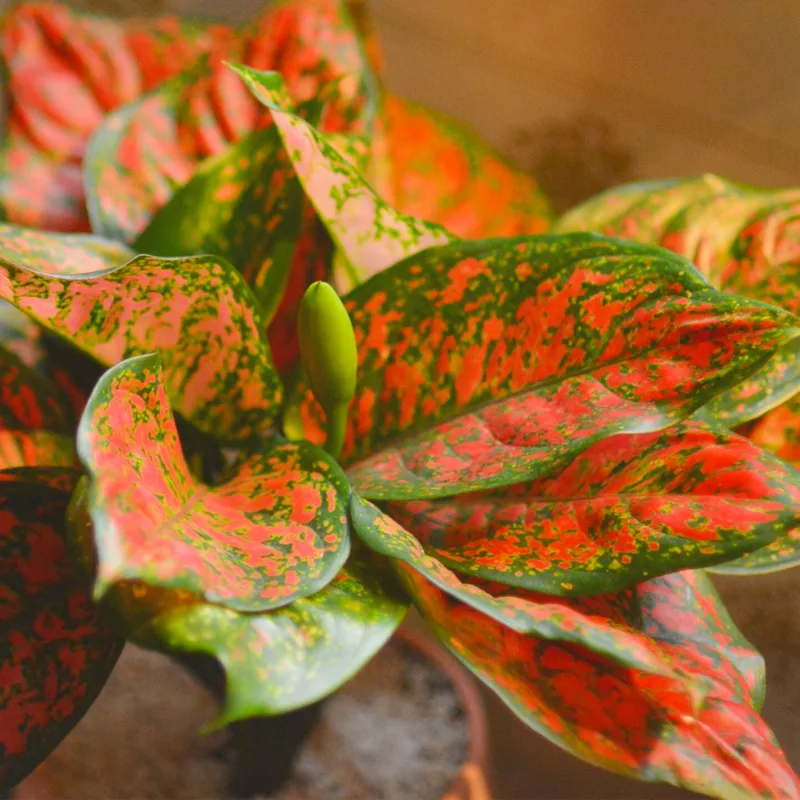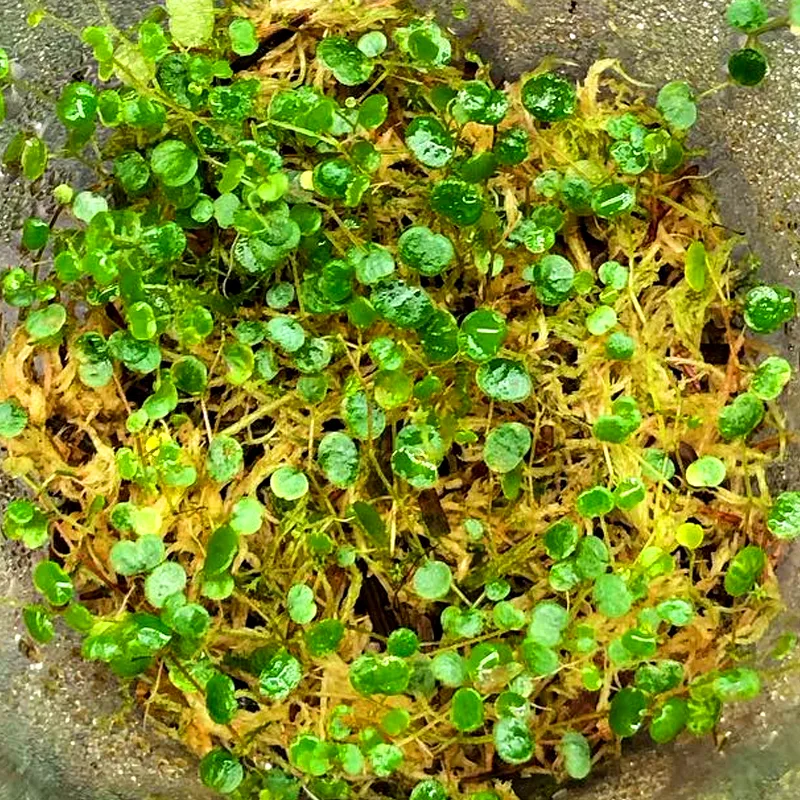Exploring the Thomandersiaceae Family: A Hidden Gem in the Plant Kingdom
When I think about the lesser-known families in the plant world, Thomandersiaceae immediately comes to mind. It’s one of those families that, despite its subtle presence, captivates the imagination of any plant enthusiast willing to delve into the intricacies of its unique characteristics. This small family, primarily composed of the Thomandersia genus, may not be as popular as some of its relatives, but it certainly deserves recognition.
Understanding the Thomandersiaceae Family
The Thomandersiaceae family is relatively obscure, with only a single genus under its name: Thomandersia. Native to Central and Western Africa, these plants thrive in tropical regions, where the climate and soil conditions provide an ideal environment for their growth. For me, the allure of this family lies in its rarity and the potential it holds for botanists and horticulturists alike.
Characteristics of the Thomandersia Genus
The Thomandersia genus is composed of a small group of shrubs and small trees. One of the most striking features of these plants is their foliage, which varies from species to species. The leaves are typically broad, with a vibrant green color that creates a lush, verdant appearance. The flowers, though not as flamboyant as those of some other tropical plants, have a delicate charm. They are usually tubular and come in shades of white, pink, or purple, depending on the species.
What makes Thomandersia intriguing is its ability to adapt to different ecological niches within its native range. From lowland rainforests to drier forest edges, this genus has found ways to thrive, making it a fascinating subject for studying plant adaptability and resilience.
The Ecological Importance of Thomandersiaceae
Though not widely studied, the Thomandersia plants play a crucial role in their native habitats. They provide food and shelter for various insects and animals, contributing to the local biodiversity. The flowers attract pollinators, such as bees and butterflies, while the dense foliage offers nesting sites for birds and other wildlife.
In the context of ecological research, studying the Thomandersiaceae family could provide insights into the dynamics of tropical ecosystems and the role of less dominant plant families in maintaining ecological balance. For me, this adds another layer of significance to this family, highlighting the need for further exploration and conservation efforts.
Challenges in Cultivation and Conservation
One of the challenges with the Thomandersia genus is its limited distribution and the lack of comprehensive studies on its cultivation outside its natural habitat. This makes it difficult for enthusiasts like me to grow these plants in non-native environments. The specific climatic conditions they require—high humidity, well-drained soil, and consistent rainfall—are not easily replicated in many parts of the world.
Conservation is another concern. With the increasing threat of deforestation and habitat loss in Central and Western Africa, the natural populations of Thomandersia are at risk. Protecting these plants means not only conserving their habitats but also understanding their ecological roles and potential applications.
Why Thomandersiaceae Matters to Plant Enthusiasts
For those of us who are passionate about plant diversity, the Thomandersiaceae family offers a unique opportunity to expand our horizons. It’s a reminder that there is still so much to learn and discover in the plant kingdom. The rarity and uniqueness of Thomandersia make it a prized addition to any botanical collection, not just for its aesthetic appeal but also for its ecological significance.
Exploring the lesser-known families like Thomandersiaceae also enriches our understanding of plant evolution and adaptation. Each genus, each species, has its own story to tell, and Thomandersia is no exception. Its resilience and versatility in various ecological settings make it a subject worth studying and protecting.
The Future of Thomandersiaceae Research
I believe that the future holds great potential for the study of the Thomandersiaceae family. As more botanists and researchers turn their attention to underrepresented plant families, we can hope to gain deeper insights into the biology and ecology of Thomandersia. This could lead to new cultivation techniques, conservation strategies, and perhaps even the discovery of new species within this enigmatic genus.
For plant enthusiasts and botanists alike, diving into the world of Thomandersiaceae is like embarking on a botanical adventure. There’s a sense of wonder and excitement that comes from exploring the unknown, and with each new discovery, we get a little closer to unraveling the mysteries of the plant kingdom.
Final Thoughts
The Thomandersiaceae family, with its single yet captivating genus Thomandersia, is a testament to the diversity and complexity of the natural world. Though it may not boast the flamboyance of some other tropical plants, it holds its own charm and significance. For me, exploring this family is a journey of discovery, one that deepens my appreciation for the incredible variety of life that exists on our planet.
As we continue to explore and understand the world of plants, let’s not forget the hidden gems like Thomandersia. They may be small and unassuming, but they have the power to inspire and educate, reminding us of the endless wonders waiting to be discovered in the botanical realm.
If i die, water my plants!



